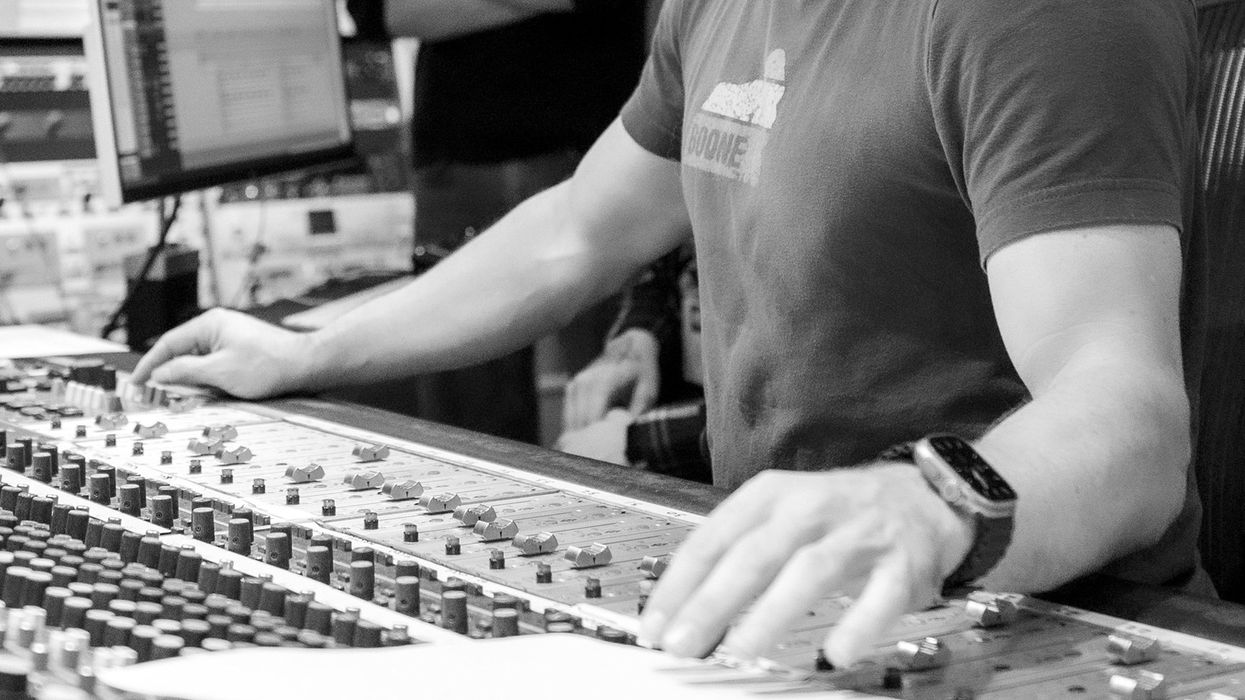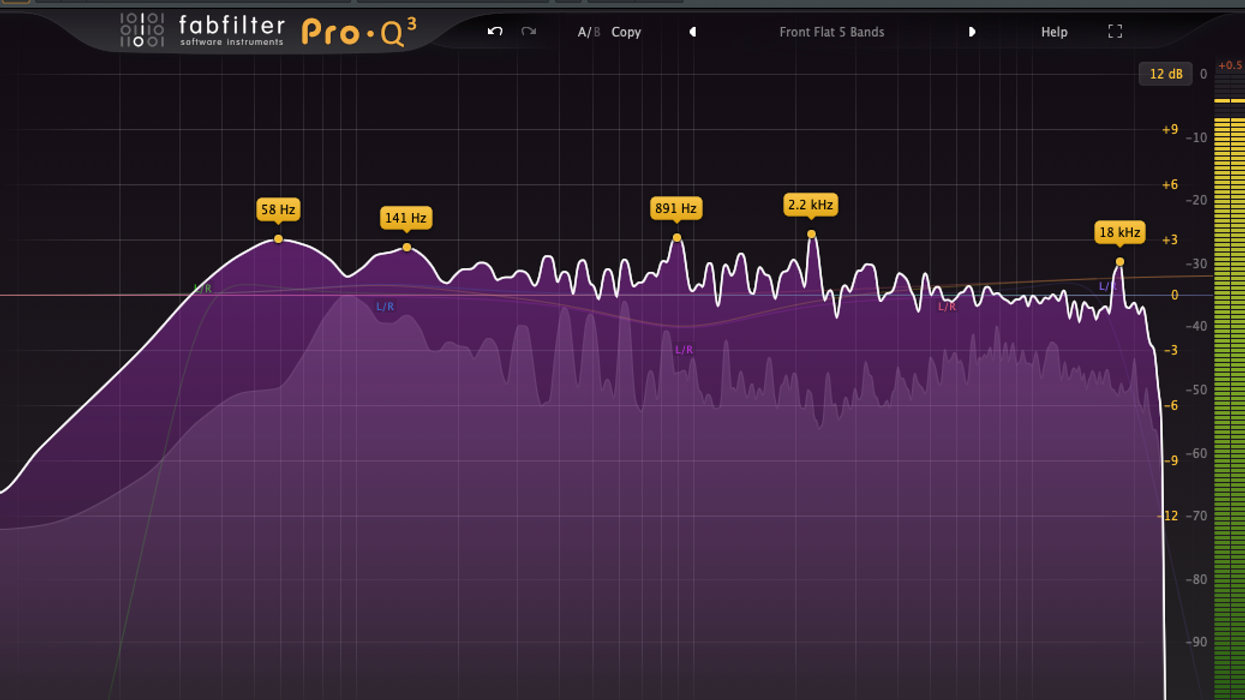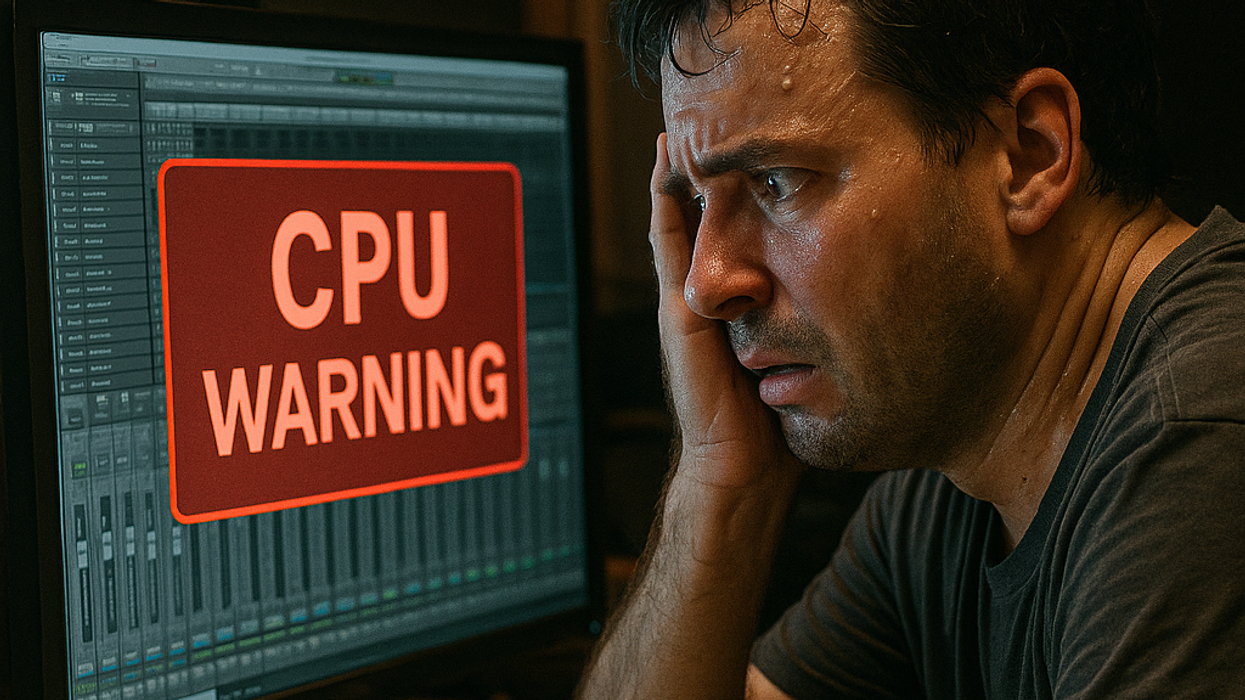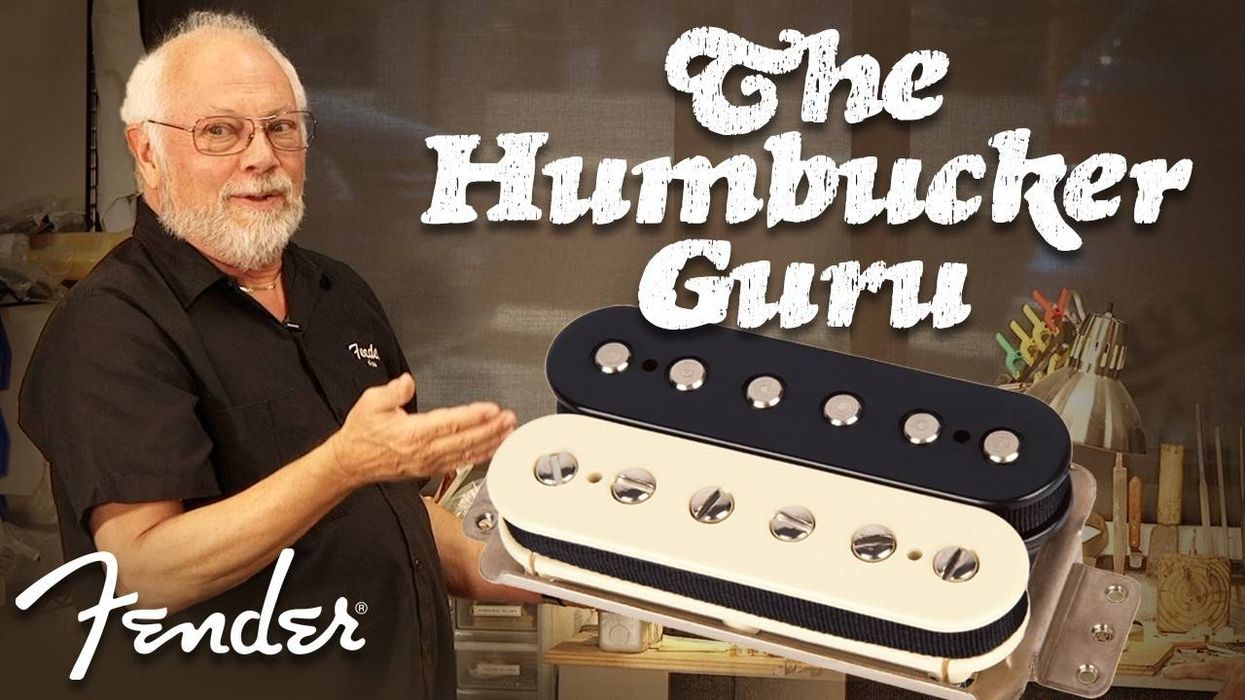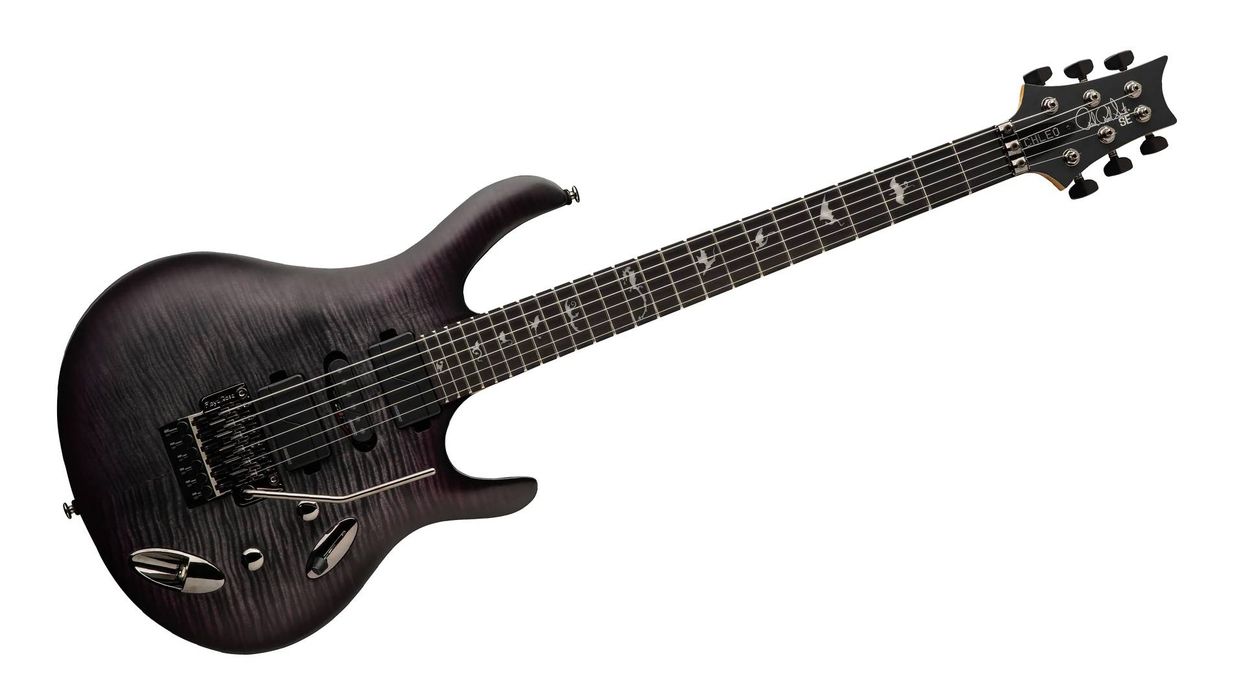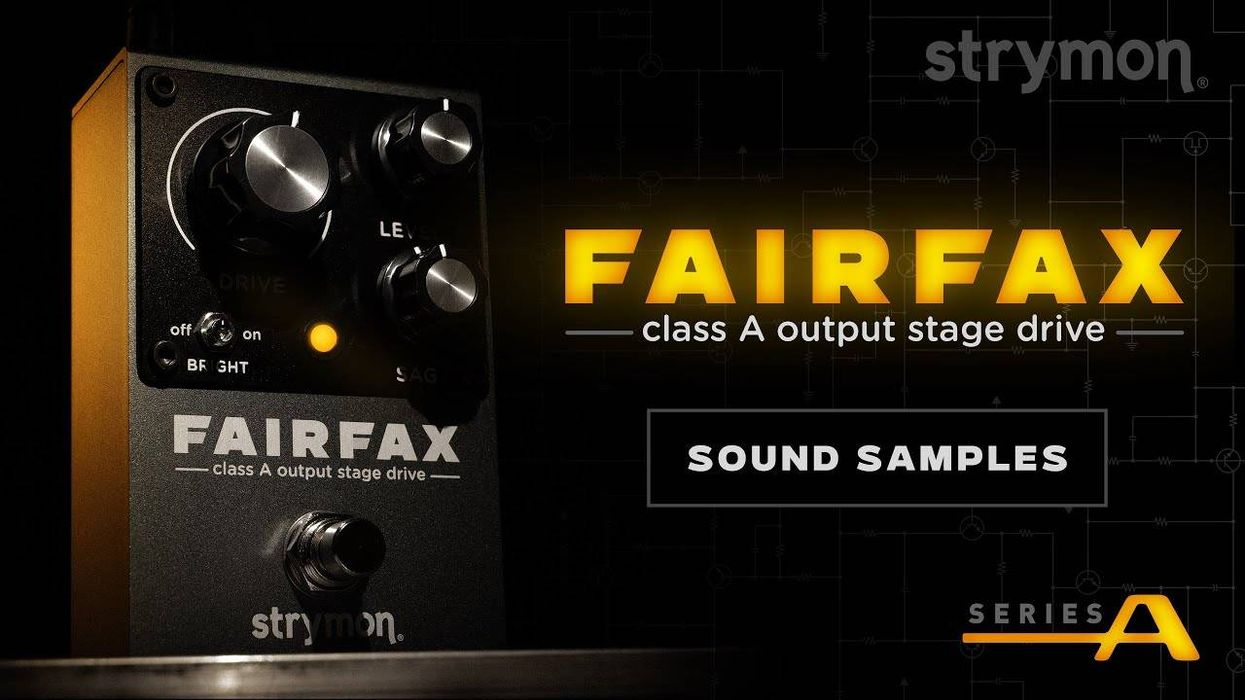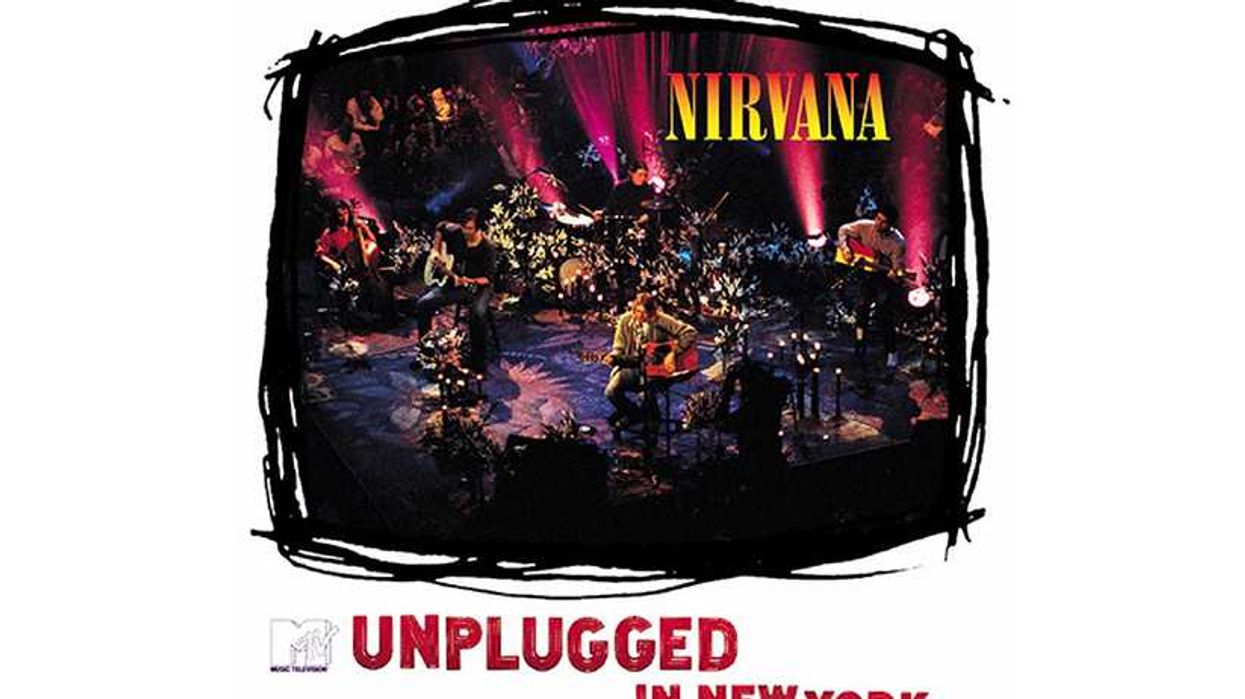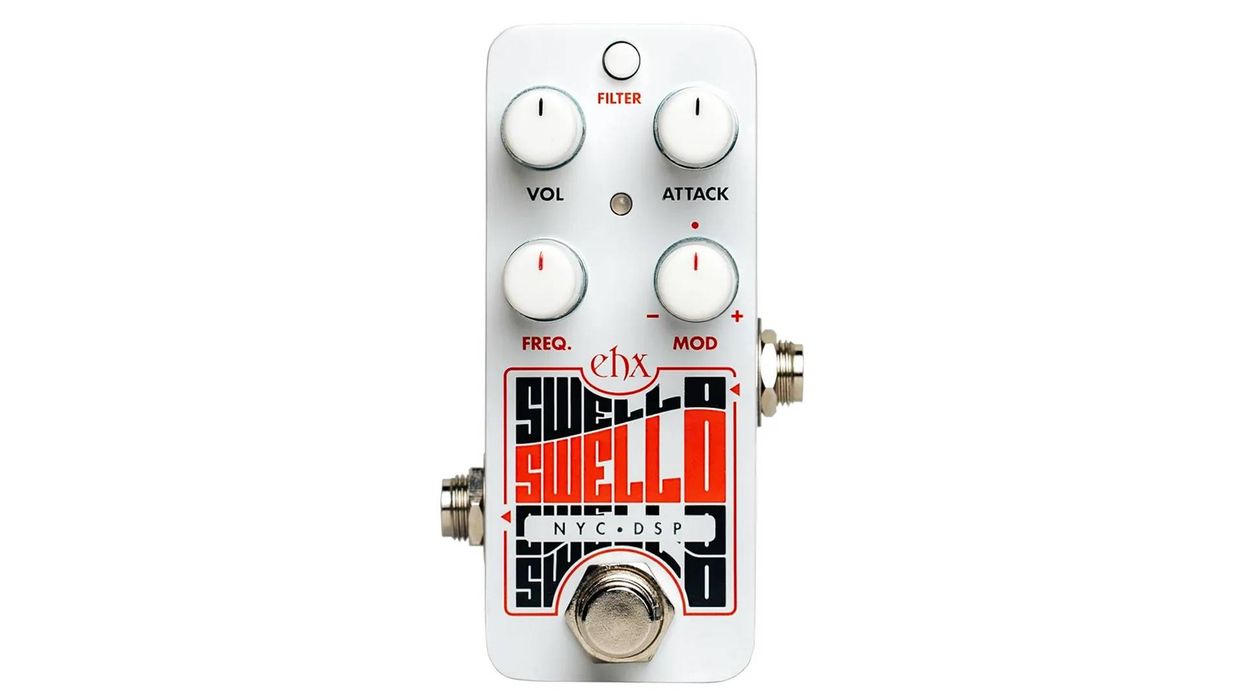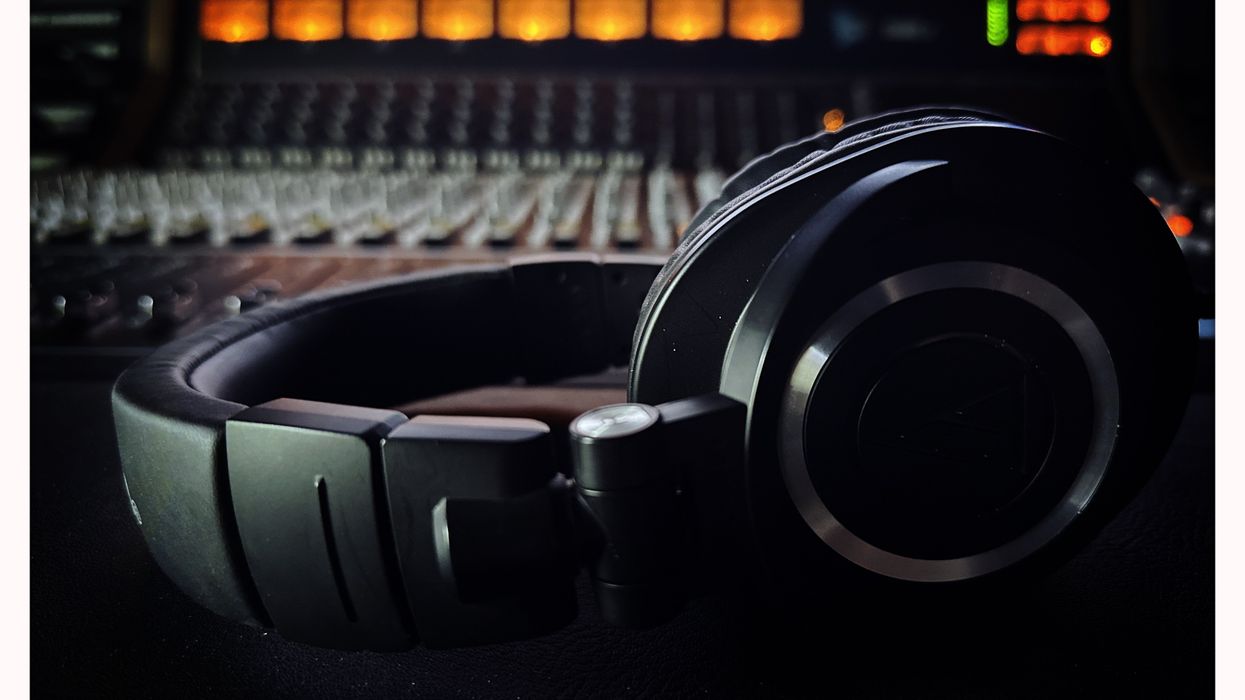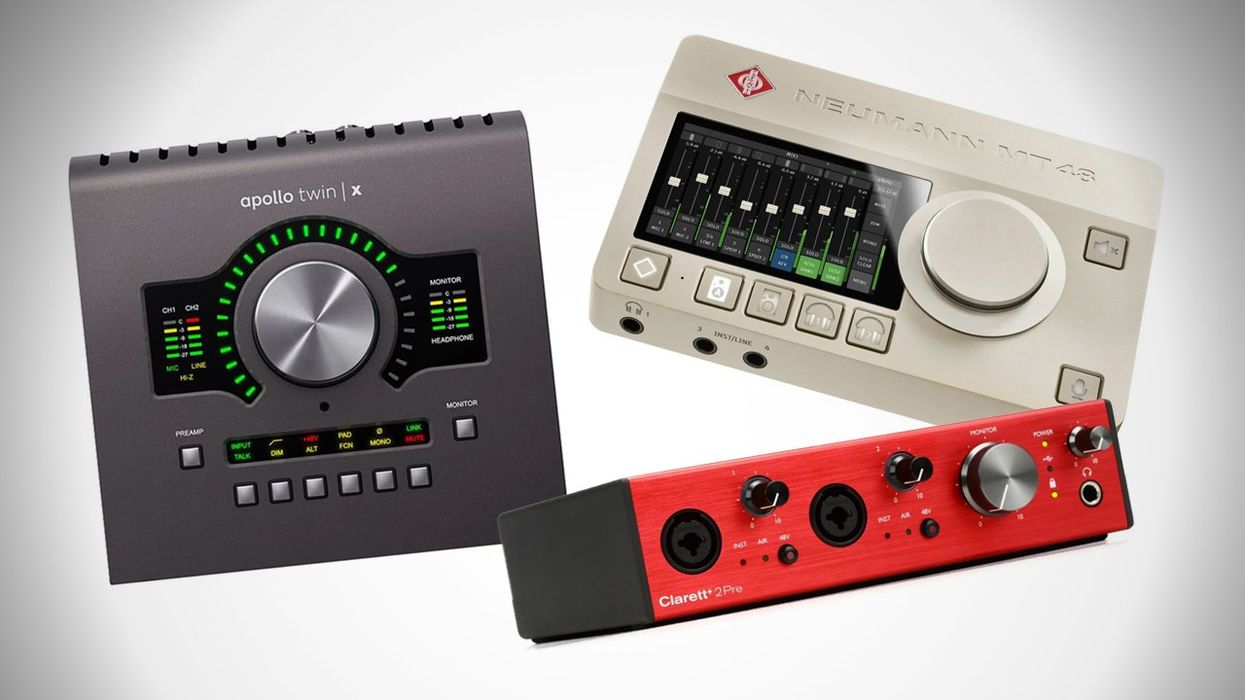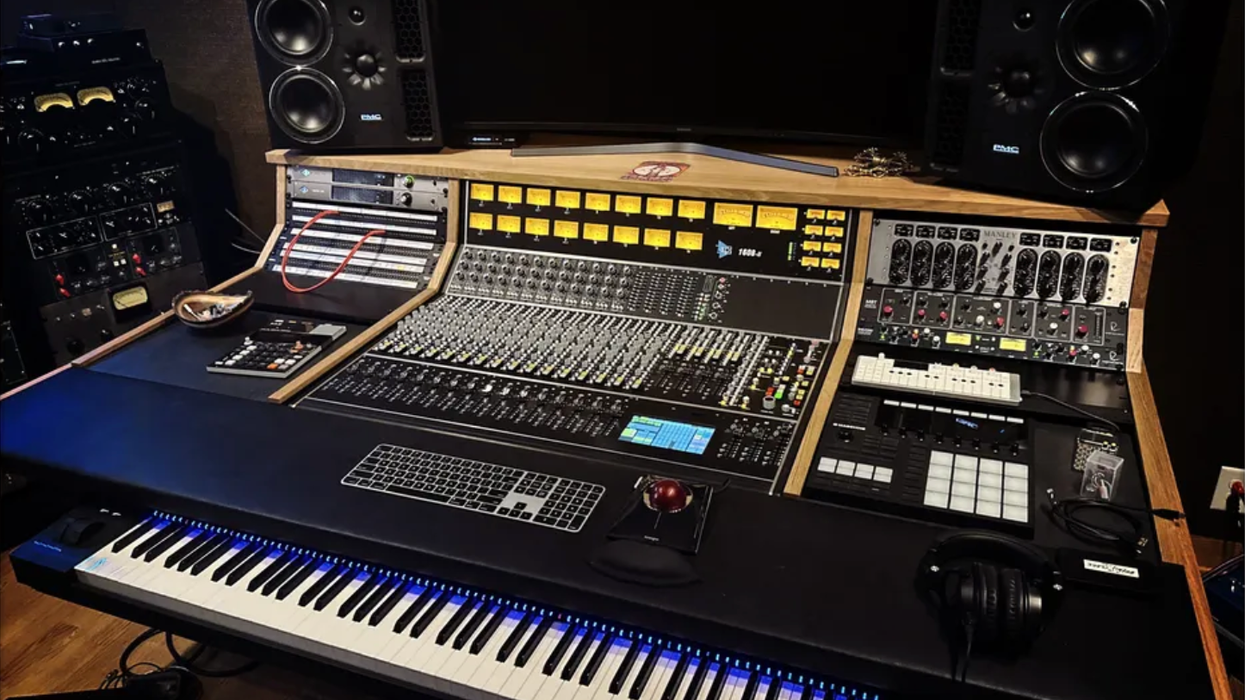Welcome back to another Dojo. To date, I’ve somehow managed to write over 50-plus articles and never once addressed the importance of recording your experimentations and early rehearsals in the studio (and of course, your live performances as well). Mea culpa!
This time, I’d like to pay homage to one of my greatest teachers and espouse the joy of recording the unedited, “warts-and-all,” part of the creative process. Don’t worry, you’re still beautiful!
Many times, early in the experimental development of riffs and songs, there are episodes where you simply play something that’s magical or particularly ear-catching—all without effort or forethought. It’s those moments when your ego has somehow dozed off in the backseat and your “higher power” takes over (for a moment, a minute, or more) before the ego jerks the wheel back and lets out a white-knuckled scream of sheer terror.
These are the “What was that?!” time gaps that you often wish you had been recording, because it’s usually these moments we frantically chase down by memory so we can capture them again—often with diluted results, where we’re left with a pallid approximation of what occurred.
Here’s another common scenario. As you work your way through developing rhythms and melodies, there are many gems that fall by the wayside because they don’t exactly fit the prevailing emotional ethos at the time. Without recording them in real time, these nuggets may be forever lost in the creative cosmos.
Both examples are coming from the same sacred place, where we give ourselves permission to try new things and step outside our ingrained, habitual patterns of composing and playing.
“It’s usually these moments we frantically chase down by memory so we can capture them again—often with diluted results.”
For several years I had the good fortune to study with one of the great maestros of jazz guitar, Joe Diorio. Simply put, he was the Yoda of jazz guitar for me and influenced many great players over the years through his virtuosity, creativity, and mystical improvisations.
One of the things we used to do on a regular basis was what he called “gestural playing.” Meaning, we would try and copy the rhythmic and melodic contour of musical passages we’d never heard before. Often, it wasn’t jazz, but world music, where the goal was to condense a symphonic work down to be playable on solo guitar (Stravinsky’s The Rite of Spring, Lutosławski’s Symphony No. 1, etc.). The point wasn’t note accuracy, but gestural similarity and committing to the emotion it invoked. Inevitably, it led both of us to play something unplanned, and jump-started our creativity—stumbling upon diamonds in the rough just waiting to be polished and cut.
There were always “Oh, that was cool! What was that?!” moments, and as we were recording a lesson, we could stop and play back the licks to investigate further. These examinations, in turn, led to other licks, and before we knew it, we had pages full of new melodic material to digest that all started from simple gestures.
To hear this process in action, listen to the bridge section of my song “Making the Faith,” into the guitar solo starting around 2:22. There are lots of odd meters and modulations that lead to a very gestural-inspired solo. Just to pique your interest even further, the chorus’ words are also gestural, and they form an acrostic puzzle that reveals a hidden message that I’ll leave you to figure out.
What I’d really like to do is to encourage you to try this the next time you are feeling creative, and, hopefully, on your next recording. With computers having more and more storage and hard-drive prices ever falling, there’s no excuse to not try the following:
1. Open your DAW and get a drum groove going.
2. Create a guitar track and allow yourself to simply improvise and make gestures for an open-ended period of time.
3. Afterwards, go back and listen.
4. Highlight the moments that pique your interest, and finally....
5. Compile these moments into a new track by mixing them up into edited “mini gestures.”
6. Listen to the results.
This type of experimentation will definitely lead you into new musical territory and then you can start to add harmonic implications, as well as refine things along the way.
Until next time, namaste.




